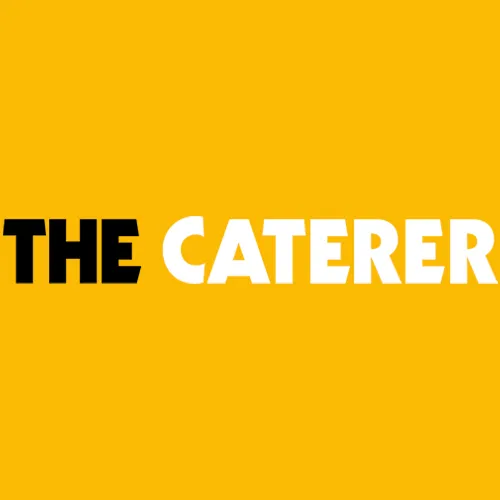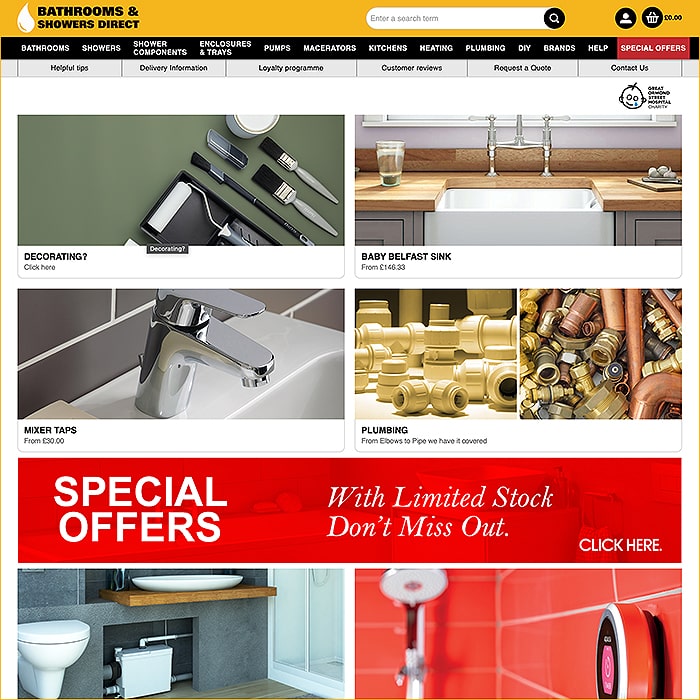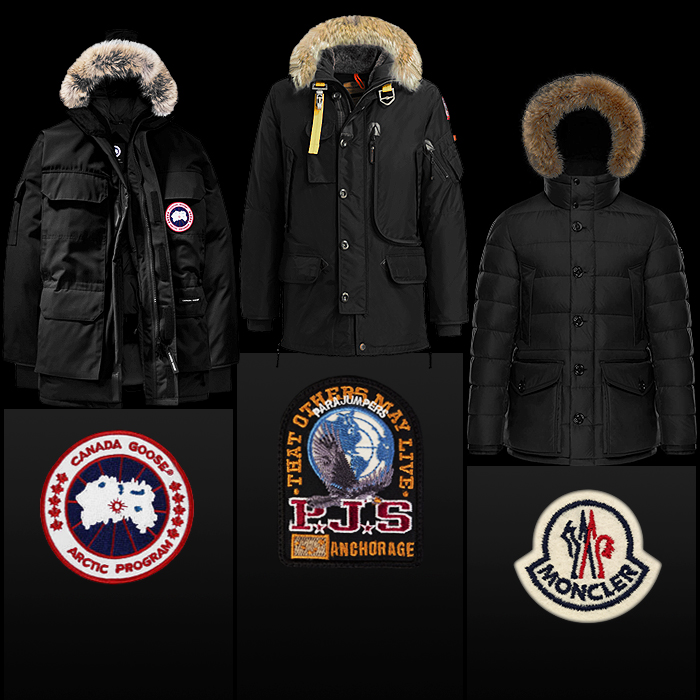10 Top Tips for Ecommerce

Not only am I an Ecommerce Specialist for Affino, I am also an avid International Internet shopper. I buy goods from pretty much every part of the civilised world - from USA to Hong Kong and Japan and all the major states of Europe in between (20+ countries). I have bought all manner of goods at all manner of prices / currencies and dealt with various returns processes, goods forwarding services and general customer services - including advanced goods and customs / imports handling. My day-to-day trifecta are Amazon, Ebay and Ocado, but I also have a love for Juno.co.uk (Vinyl) Wiggle.co.uk (Sportswear) and Parajumpers.it (Sportswear) - getting next day delivery from Italy for £22 is seriously good! Generally I love fast and efficient service best - and I love that Amazon uses Yodel to arrange doorstep pick-ups for returns - everyone should do this!
Here follow my recommendations for how everyone could sell better online:
1: Full Disclosure
Too many sites still get this wrong - not telling you everything you need to know to check-out with confidence. The bare minimum info you need is whether an item is actually in stock and ready for despatch, and EXACTLY how much it is likely to cost. Details need to be something like this:
- 9 in Stock, despatching now
- Price £10.00
- Standard 1-3 day delivery from £3.00
The above is clear and to the point, and has no ambiguity - many sites that don’t display stock levels, don’t actually have the items that they are listing ’in stock’ - this should always be made clear to the consumer. I still see sites that don’t include pricing on listings, and have no reference to delivery costs until you are in the final stages of checkout - all these are major cases for shopping basket abandonment.
2: Compact Info
Grouping all the essential order data together in one compact location makes it easier for customers to see what they’re in for, and therefore better predisposed to actually making an order. Many sites hide essential information behind tabs, or locate it in different areas of the page. A single at-a-glance box with everything you need to know compactly contained within it is the ideal here.
3: Reassurance
You will often hear me talking about ’Post Purchase Dissonance’ i.e. the doubts a consumer harbours after they have just purchased something. The way to alay doubts and fears is with classy reminders and notifications. Deliver a beautifully designed, detailed email receipt when someone buys online. I still too often get a receipt with no picture of what I have just bought, and often missing sizing, colour or other essential variation data. The receipt should reassure the consumer that they have bought the right item from the best possible retailer - it should be reinforced with positive NLP - ’Congratulations on your recent acquisition...’; ’Welcome to a better shopping experience...’ etc. I also don’t get despatch notifications from several retailers, who often promise next day delivery, but then ’process’ your order on the following day. It is best to keep your customers informed at every step of the process - including in the delivery notification a little bit about the returns procedure etc. to offer further reassurance that they are dealing with a high quality organisation.
4: Wishlists
I use retail wishlists on almost a daily basis - particularly on Amazon and Juno.co.uk - If I see something I like, a Blu-ray Disc or Vinyl Record for instance, I add it to my Wishlist as a reminder. Wishlists can be used as reminders for forthcoming or out-of-stock stock items - like forthcoming films; they can also be used as birthday / Christmas gift reminders for friends and family, or just general reminder lists of what you liked at particular times of the year - and possibly forgot to buy. The point is - you and other customers set themselves reminders to buy products at a later date - ensuring more sales for said retailer. There’s another level of Wishlists too - ’Open Wishlists’ like a ’Wedding List’ - very few retailers allow family members to create their wishlists to share for special occasions. It would be so much easier if I could access my nephews’ and nieces’ wishlists when it comes to Christmas and Birthdays - retailers are really missing a trick here.
5: Bundle!
Most sites these days are geared up for selling single items. Back in the old days when you went to a ’Gentlemen’s Outfitters’ you would buy a complete outfit - and get the shirt and tie thrown in for free with a suit, or at least a progressive discount for additional items you purchased. If you are buying several expensive items together you should really be entitled to some kind of discount, but hardly any retail sites cater for this. Many sites can’t even handle buying in bulk. Depending on the value and scope of Items I buy, if the quantity is significant, then I too should be eligible for a discount in that scenario. As online retail becomes the de-facto mode of shopping, we need to somehow build in the age-old parameters of negotiating a discount for a large order value - whether in terms of cost or number of units.
6: Recommendations
The most basic recommendations are ’Here’s more from the same category’ or ’Those who bought this also bought ...’ - but recommendations are far more varied than just this. I always cite the best HMV and Waterstones stores as great examples of how to do recommendations properly, and you can see fast-moving online retailers like ao.com using bestseller charts to great advantage. The following are all great examples of recommendations, and for a lot of basic shoppers, these serve to inform and influence their purchasing decisions:
- Bestseller charts - Top 5 / Top 10 - like on ao.com / Amazon
- Future Releases / Forthcoming / Pre-release charts - Amazon does this very well
- New Releases Listing - most retailers do variations of this
- Showcases - Author or Artist showcase for instance detailing other major works during new release campaign - you see this a lot in stores like HMV and Waterstones
- Staff Picks - Informed and personal recommendations - Waterstones do this brilliantly in-store
- ’In the Media’ - this could be CDs by bands gigging locally, recently reviewed books, movies or music etc. - HMV once more excels at this - for instance putting Mercury Music Prize nominees in an end-of-aisle display unit - just before and after the actual event
- ’Complete the Outfit’ - Some fashion retailers do this, but most do it poorly and somewhat out of context - here you should be recommending complementary items / accessories for the garment the customer has selected - too often I see irrelevant content listed within these types of recommendations
7: Simplicity
This kind of falls under Goldie Locks syndrome - too few options is bad, but then again - too many options is bad also. You need to be careful how you present your key information - so as not to confuse the customer. We are seeing more and more delivery options for instance:
- Standard: 1-3 days
- Next Day Delivery
- Next Day Delivery with Time Slot
- Same Day Delivery with Time Slot
You obviously cannot present all the options together - so you need to work on a trickle-down basis - yielding additional relevant options when a customer has made their selection - for instance you can indicate Standard, Next Day and Same Day Delivery options with min | max costs - but you only go into time slot details if the customer selects either Next Day or Same Day options ...
8: Rewards / Treats
Loyalty Schemes are the obvious means of rewarding your customers - giving them points / credits against the cash value of everything they purchase - like the Boots or Nectar Point loyalty schemes. There is however another simpler way which Wiggle for instance use also. They simply include a small packet of Haribo sweets with every order - I must say I always look forward to that treat. It does not have to be sweets though - there are lots of ways you can treat your customers - with small samples, low-cost collectibles and the like - e.g. limited edition postcards
9: Returns / Pick-ups
No one yet does returns well enough, although there are many examples of the right kinds of things to do. Amazon’s service is great (Yodel doorstep pick-up) but the process in arranging the return is convoluted, and the Amazon packaging is often not re-usable. Here’s what I’d like to see:
- A Returnable box - tear-strip to open, with peel-back glue strips to re-seal and return
- 3 click return on website - Click ’Return’ on order, Click ’Reason for Return’ option, Click ’Desired Outcome’ option (exchange, credit, refund etc.)
- Already included returns label (should just be order number with ’-R’ appended on the end) - I would actually like to see some kind of peel-back label on the returnable box - if you need to return - you just peel off your top layer address label to reveal returns label underneath
- Doorstep pick-up - parcel was delivered to your door, it should be able to be collected from your door too
- In case of personal availability issues, you can use a Collect+ drop-in or local locker location for returns (does depend on size of item somewhat though)
10: Sell-on
All retailers should include some sort of ’relevant’ mini-catalogue with the despatched order - let the customer see you have other really great relevant offers for them. Many retailers also try to incentivise customers by giving them a discount on their second order if they order within a particular time-scale. Ultimate Retail after all is about conditioning human behaviour and encouraging repetition / repeat purchase. It’s about getting the customer to buy from you again and again, until the occurrence is so regular and so habitual - it’s part of their daily / weekly routine. When I open a parcel and just get the item I ordered, I see it as a totally wasted opportunity - I typically expect to find some kind of treat / calling card along with some additional offers that are intriguing enough to look into. Fashion retailers should always look to include some kind of mini-catalogue to encourage further purchases ...

Did you find this content useful?
Thank you for your input
Thank you for your feedback
Upcoming and Former Events
Affino Innovation Briefing 2024
Webinar - Introduction to Affino's Expert AI Solutions - Session #2
Webinar - Introduction to Affino's Expert AI Solutions - Session #1
PPA Independent Publisher Conference and Awards 2023
Meetings:
Google Meet and Zoom
Venue:
Soho House, Soho Works +
Registered Office:
55 Bathurst Mews
London, UK
W2 2SB
© Affino 2025


















